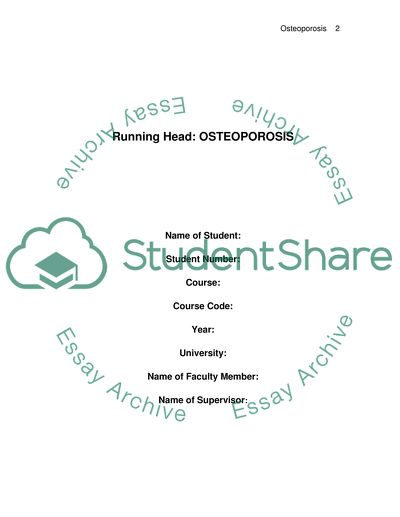Cite this document
(Osteoporosis and its Management Assignment Example | Topics and Well Written Essays - 2500 words, n.d.)
Osteoporosis and its Management Assignment Example | Topics and Well Written Essays - 2500 words. Retrieved from https://studentshare.org/medical-science/1721243-osteoporosis
Osteoporosis and its Management Assignment Example | Topics and Well Written Essays - 2500 words. Retrieved from https://studentshare.org/medical-science/1721243-osteoporosis
(Osteoporosis and Its Management Assignment Example | Topics and Well Written Essays - 2500 Words)
Osteoporosis and Its Management Assignment Example | Topics and Well Written Essays - 2500 Words. https://studentshare.org/medical-science/1721243-osteoporosis.
Osteoporosis and Its Management Assignment Example | Topics and Well Written Essays - 2500 Words. https://studentshare.org/medical-science/1721243-osteoporosis.
“Osteoporosis and Its Management Assignment Example | Topics and Well Written Essays - 2500 Words”, n.d. https://studentshare.org/medical-science/1721243-osteoporosis.


